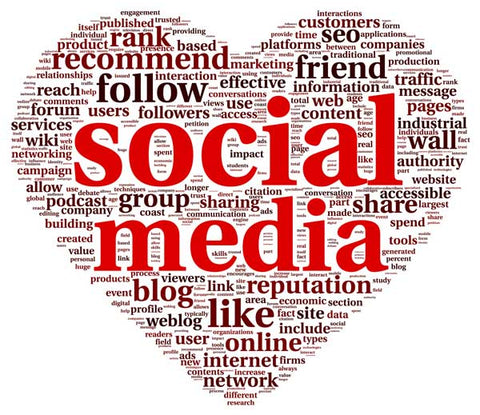The “Why” in Why People Buy – Secrets of Getting Sales Up!

There are so many websites at present attempting to sell great products. Many of these website are able to gain traffic of hundreds to thousands of visitors daily, yet for some inexplicable reason the visits do not covert into sales. What do new companies need to do with their websites to generate more sales?
The answer is less obvious than you’d think. It is not in choosing a prettier layout or sticking to certain colors and the like. Rather, research states that drawing out an emotional response is key; when people visit a website, they want to feel a certain way. Your job as the owner of said website is to identify what that emotion is, and have your website convey that. Customers are looking to solve a problem, and any problem has an emotion attached to it. You want to answer the question, “How will this product make my life easier?”
Even if the customer does not purchase right off the bat, if they felt that the product solves a problem that needs fixing, he/she will come back. If you’re having issues identifying your audiences target emotion, simply ask. You can ask existing customers, strangers, friends, etc., “Why would you buy this product; how would this make life easier for you?” The answer will come easily.
As a new company, trust must be instituted in your brand name. There are several ways to do this, and you should opt to do all of them. One way is to establish that you’re a part of the community. How do you go about achieving this? Social media, of course, is the most obvious answer. But the part that is not so obvious is how to utilize your social media correctly in conveying that you’re a trustworthy, interactive and fun brand. One way many companies do this for instance is by doing customer shout-outs via Facebook, Twitter and Instagram. Such actions establish a more human face behind the company brand and invite interaction – and guess what? It is easy to do.

Other ways to encourage customers to stay involved with the company is by being friendly and available in customer service – eager to help in maintaining happy patrons. Having a chat on the sidebar with someone always available in real-time assistance can do a lot in making the individual feel comfortable and really like the company.
Additionally, your website should be easy to navigate through, where you can effortlessly identify where you want to go in the top tabs without a hassle. Navigation through tabs should not feel like a task that uses too much brain power and critical thinking. User-friendliness is always important. Having cool additional features like a virtual “fitting room” up the ante as well. For instance with portable batteries, if you want to see how big the battery is in comparison to your phone, having photos available to convey that are a good addition.

One last thing that every website should have to encourage higher conversions is a shopping cart or a basket. This feature is a big part of that user-friendliness. Sometimes people don’t even visit a website with intention of buying right off the bat. They could have simply ended up on it. But should said customer like a product and add it to their cart, checking out later is much easier when you have the product ready to be purchased, instead of having to go back and re-find and re-click and go through all those steps again. Not having that shopping cart can contribute to a loss of clients; because lets face it, people are lazy.
All of these things contribute to a happy customer, which leads me to the ultimate goal: Word of mouth. A happy customer is always sure to relate her good experiences to friends; it is one of the best forms of advertisement for any brand.
If you can do all of these things – appeal to emotion, establish trust, partake in your customer community, and utilize the right tools in creating a productive website – research states that sales will go up!

Ruza Radich
Author